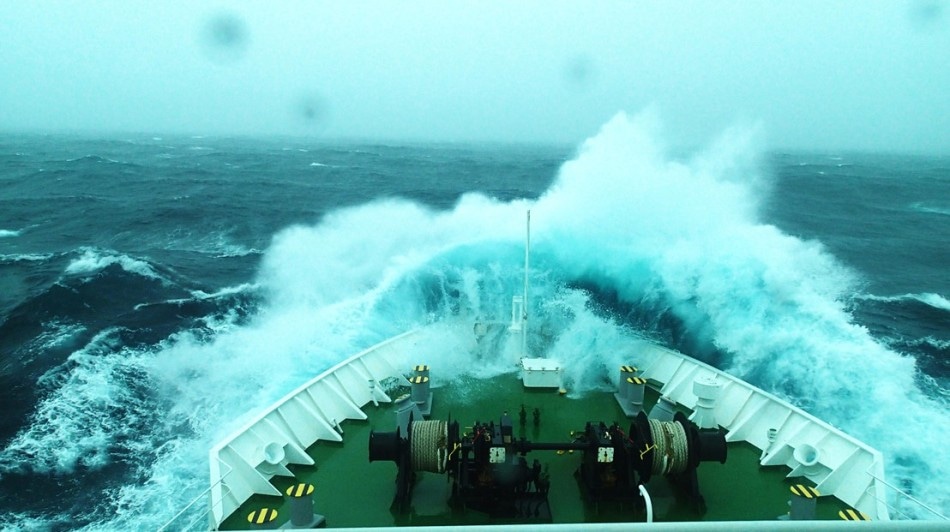Nov 13 2019
The current increase in CO2 emissions has been altering the pH levels of oceans, pushing them to more acidic levels. The damaging effects of this phenomenon have already been observed in the coral reefs. Other chemical processes—the environmental effect of which is not completely known—are also being influenced.
 Departure for sampling in the Pacific Ocean, off the coast of Japan. Image Credit: © EPFL.
Departure for sampling in the Pacific Ocean, off the coast of Japan. Image Credit: © EPFL.
According to a research paper published in the Proceedings of the National Academy of Sciences (PNAS) in 2011, ocean acidification is bringing down the rate at which nitrous oxide (N2O), an ozone-depleting greenhouse gas (also referred to as laughing gas), is generated naturally.
Based on this research, it was considered that acidification reduces the natural production rate of N2O. However, a new collaborative study by researchers from EPFL, Tokyo Institute of Technology, and Japan Agency for Marine-Earth Science and Technology (JAMSTEC) has found that the process seems to work in reverse, as well.
The researchers took measurements in the Pacific Ocean, off the coast of Japan, from 2013 to 2016. They learned that in the subarctic region of the Pacific—close to Hokkaido and the Kuril Islands—the lower pH of the water is causing a substantial increase in the production of N2O.
Furthermore, they determined that if pH levels keep declining at the present rate, or 0.0051 units per year—assuming there is no fall in CO2 emissions—the rate of production of N2O in that part of the Pacific could increase by 185% to 491% by 2100. The greenhouse gas effect of N2O is 298 times more than that of CO2. The study has recently been published in Nature Climate Change.
The team gathered samples at five different locations off the coast of Japan, from the subarctic region to the subtropical region. They then reduced the pH levels of the samples, activating the natural process through which microbes in the water transform ammonium into nitrate, the by-product of which is N2O.
The samples revealed a reduction in the ammonium-to-nitrate conversion rate, as in the PNAS study, but also a rise in N2O production. This variance could be because of the effect of pH on the biochemical mechanisms related to N2O production.
Our study provides additional proof that rising CO2 emissions are disrupting natural biogeochemical cycles, which are highly sensitive to changes in the environment. However, our conclusions are valid only for the part of the Pacific that we examined. Additional research is needed to see whether the same process is occurring in other parts of the world.
Florian Breider, Study Lead Author and Head of Central Environmental Laboratory, EPFL
Breider, a biogeochemist by training and a lecturer at EPFL, believes that by building models of this process that consider all environmental variables, researchers could acquire vital information for directing future research. He also proposes that the models address compounds other than N2O, since many processes are still unidentified.
Our study shows that under the right conditions, one greenhouse gas can increase the production of another, more damaging one. So it’s essential that we keep conducting research in this area.
Florian Breider, Study Lead Author and Head of Central Environmental Laboratory, EPFL